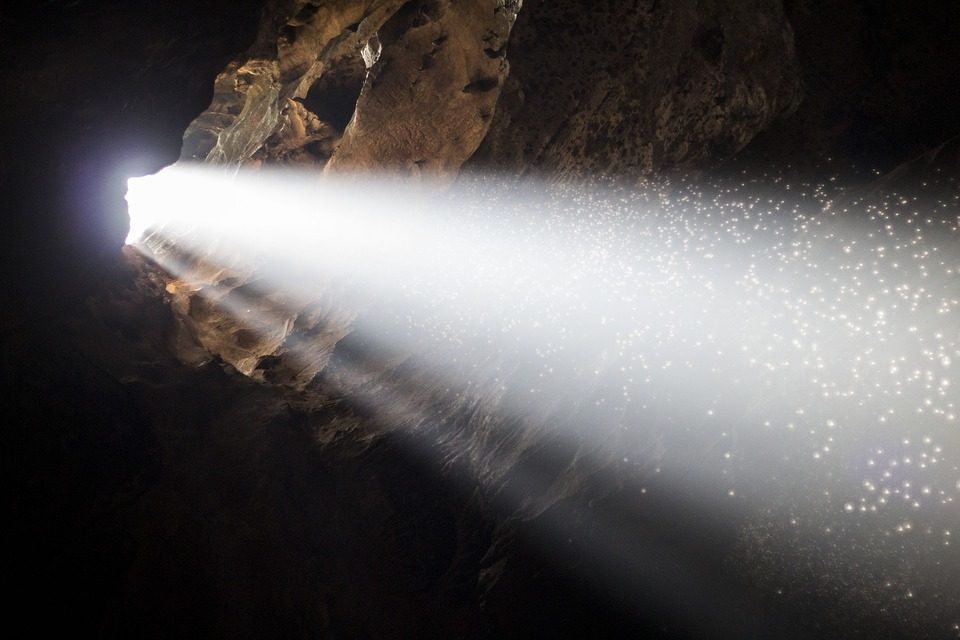Goa is a land of many cultures and the history is so vast, yet beautifully varied in all it’s aspects. Goa has multiple sites where this ancient past comes to life. You can definitely find them in the old churches and temples around the state. But to really bring back the past you have to go back before civilization, think of how the people lived back then.
This is fulfilled by visiting the historic caves here in Goa! The historical and archeological value that these caves possess is certainly eminent. The ancient designs and patterns on the rock-cut caves are so intricate, this leaves you admiring their beauty even more.
Arvalem (Harvalem) Caves
These caves are also known as ‘ Pandava caves ‘, for it is said that it was the home of the Pandava brothers. The Arvalem caves are located in Sanquelim. The cave is cut out of laterite rocks, four square carved lingas are set into square rock-cut bases.
The patterns on them follow the Buddhist caves, there are also other Buddhist statues nearby, hence a theory that they might be of Buddhist origin. The caves are from the 6th century, though it doesn’t have any art or paintings and is small yet it is beautiful and holds great importance.
LAMGAU CAVES
Situated also in Bicholim these caves are of Buddhist origin. Two ways lead to the caves one which is from the Lamgau village and the other from Bicholim on the way to Mapusa. To get to the final destination there is a small hike through paddy fields and the foot of the hill.
The cave which is closer to the village is small, it has a stone linga, a clay tulsi vrindavan and Nandi in the courtyard. The second cave is bigger though it is more a dwelling place. It is deep into the hillside and has a complex passage way to get to it.
BUDDHIST CAVES-RIVONA
These rock-cut caves are found at the beautiful village of Rivona. Though they are also called Pandava caves by the locals, it is said that they were occupied by Buddhist monks who housed in the small compartments in them. In the 6th and 7th century AD the Buddhist monks established a retreat which gave rise to the name ‘Rishi Vana’, the forest of saints, later became Rivona.
A statue of Buddha seated on a lion throne which dates back to the 7th century was found here. A ‘Pitha’ is seen which is carved from the laterite rock. In one of the chambers of this cave there is a well which was created from natural spring and an elegant doorway leading to the chambers.
The work of art in these caves is truly beautiful and demands a lot of respect. Goa having a long coastline, most of the tourism is based towards them. But what gives Goa it’s variety are sites like these. Simple yet stunning pieces of hard work and skill!


